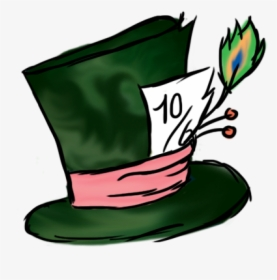
that’s how.
one of the 3 LEDs can have 256 levels of brightness (off included)
take that to the power of three, and you have 16 million colours.
but no mortal can actually tell the difference between 255, 255, 255 and 255, 254, 255.
but no mortal can actually tell the difference between 255, 255, 255 and 255, 254, 255.
Maybe YOU can’t, but don’t speak for the rest of us 😤
Yeah, essentially the same sourcery behind every pixel of any modern display. The bulb is one pixel.
So… Wait… Does this mean thousands of Hue bulbs can be a display screen? Has this been done?
those really huge displays are often millions of individual RGB LEDs. it would just be a software nightmare to do with hue bulbs.
If they were hardwired yes, but zigbee with millions of bulbs?
I’m guessing you’d hit interference at some point.
But also latency would be bad and you almost definitely couldn’t synchronize them well.
Yeah, I’ve done something similar with ~120 wifi bulbs for a light show that responded to music and that worked fairly well but I doubt it would have worked with more than a few hundred.
Yeah, fair point. It would be no good to have each pixel of an enormous display doing its own processing, and trying to wirelessly command that many lights at once doesn’t seem possible at all.
Don’t underestimate my power!
Was going to say “what a high quality answer”, then I saw you have twice the votes the post has. Well deserved.
And a 4K TV with 10-bit HDR support can show
(2^10 )^3 × 3840 × 2160 = 8,906,044,184,985,600
different images.
The same way your monitor does, more or less. Vary the amount of each color and they mix together: https://rgbcolorpicker.com/
They also have white LEDs in them, which your monitor often gets from the backlight.
Magic smoke.
Can’t convince me otherwise. Anyone that disagrees is a dirty communist.
I hate when the magic smokes leaks out. Never works right again.
By combining Red, Blue, and Green LEDs.
Each color gets it’s own value and when you combine them all you get a district color value.
Same way a printer works, or color blending for that matter, with RGB or CMYK you can make any color. Primary colors and brightness. Greyscales and magentas are extra-spectral.
Another thing that’s curious about these lights which also applies to your computer/smartphone display aswell is the fact that it’s able to produce yellow color despite only having red, green and blue leds in it. If you open up a yellow picture on your monitor and look closely with a magnifying glass there’s no yellow there.
Thats another thing I don’t get. Itf you look at your tv screen real close its all red/green/blue. Every pixel/cell, how does it appear different from far away
Okay you really want to fuck with your mind, brown is not a color. You can’t not break down a rainbow and find brown anywhere in it. There is no such thing as brown light. Yet you can see it every day.
Isn’t pink generally the same phenomenon? Something about it being the “absence of green light” rather than its own distinct spot on the visible spectrum.
So how the heck is it rendered?
If I am remembering correctly it is mostly just a crap shade of red.
This is a much better explanation than I can give
Human eyes have three kinds of cells (photoreceptors) for color detection. They each react to either red, green or blue light. If more than one of those cells are activated, your brain interprets the light based on what cells activated, and how strongly they activated. If red and green cells activates, the light is seen as yellow. The light is seen as white if all of them activates fully.
This also means that light bulbs can produce white light by simply producing three wavelengths (colors) of light. The problem with that kind of “fake” white is that colors will look wrong under such light due to the way how objects reflects light. This is very common with low quality LED lights, and even the best smart lights aren’t very good at it. When buying LED lights, you might want to look at the CRI (Color Rendering Index) value and make sure it’s above 90, or as high as possible.







